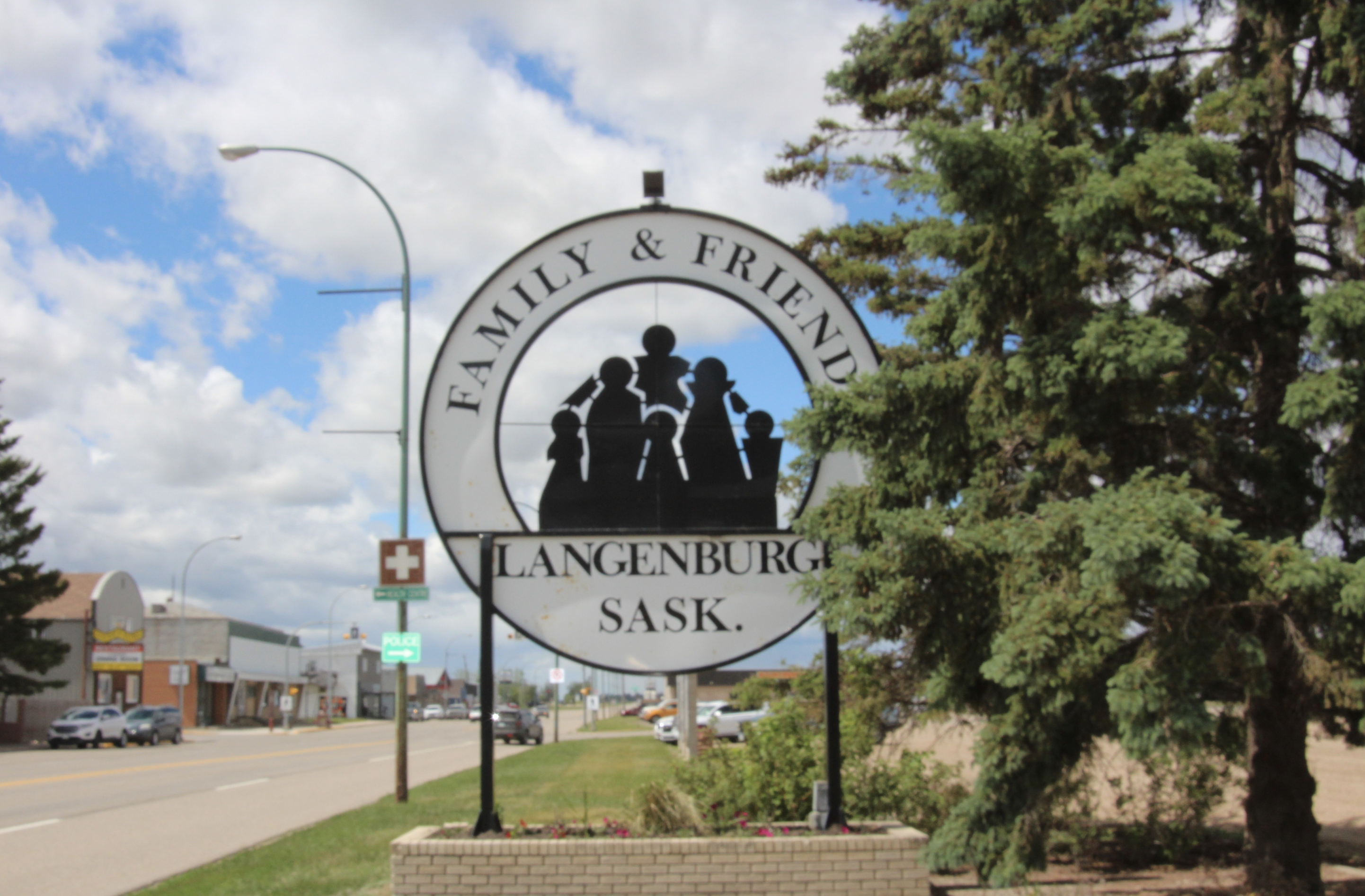At a recent Langenburg council meeting, Lina Petkeviciene Langenburg’s Economic Development Officer, presented a progressive vision to highlight the town’s uniqueness and bring awareness to the community.
The vision involves branding; this is one technique municipalities use to promote their town and attract others living outside of the community.
Many rural towns are falling victim to urbanization and dwindling population numbers. More and more people are moving from towns to cities, Langenburg does not follow the same path according to the Canadian census.
After lots of discussions, meetings, and interviews, the team picked one branding idea that best represents Langenburg’s assets and uniqueness.The idea is to brand the town through the castle theme.
Langenburg has a twin city in Germany whose history begins with the building of a castle on the western hill crag (about 1226).
If we translate the name Langenburg it will be “Long Castle” (“lang” means long, “burg” – castle). This idea is the foundation of Langenburg’s new town branding idea.
The idea was approved by Langenburg Town Council on June 16th, 2020.
Lina mentioned how the town founders’ drive and perseverance built the community “making it one of the most attractive places to live in Saskatchewan, and the place branding will help us reveal that.”
Petkeviciene describes the Town Branding Project as “one of the most important initiatives undertaken by the Langenburg Community Development Board and the people of Langenburg in 2019-2020.”
She said, “[The project] provides the community with a long-term and unique identity and supports that identity with improvements on our main street.”
The branding project process started late in 2019. Lina said, “The branding team went through a long seven-month process that included public outreach, determining what Langenburg means to people and what it could be known for.”
About Langenburg’s New Image
Langenburg has a unique name that has a history behind it. Langenburg was named after the Prince Hohenlohe von Langenburg, a German nobleman who had visited Western Canada in 1883 and subsequently recommended it to German emigrants as a more suitable destination than the United States.
The free Lords of Langenburg were closely related to the Lords of Hohenlohe. After the Langenburgs had died out, the Hohenlohe family inherited the possessions.
Since 1568 Langenburg was the residency of the county and later the principality Hohenlohe-Langenburg.
According to the Cambridge dictionary, castle means “a large strong building, built in the past by a ruler or important person to protect the people inside from attack.”
Langenburg’s Economic Development Officer talked about how this definition could be rephrased to fit Langenburg: “A growing town, built by our ancestors that offers a great quality of life.”
Castle associates with the words strong, protective, caring, better quality, unique, great lifestyle, arts, events, and the center of the action. These characteristics define Langenburg which is safe and a service center for surrounding communities, said Petkeviciene. She continued, “The town has a strong spirit, takes care of its residents, focuses on families, organizes great events, has a very well known arts community and overall offers a great quality of life (thanks to our great facilities, businesses, and recreational programs).”
In the upcoming months, the branding team will work on an action plan consisting of:
Brand promise and its main messages;
Creation of a town logo, tag line, brand character, and voice;
Colour palette;
Main street future vision (including rest stop and banners);
Welcome to Langenburg sign design;
Preparation of branding fulfillment plan (special events, businesses, and other experimental attributes).
Once this plan is implemented, Langenburg will have its uniqueness and awareness through the branding.
The image will establish consistency for years to come, attract new residents and businesses and will help to fill the tourism gap as travellers around the world increasingly demonstrate a desire to visit less populated gateways to uncover more of the authentic, and distinctive qualities of smaller cities and towns.
By Gary Horseman
(Local Journalism Initiative Reporter)
garyfourtownjournal@gmail.com
Photo credit: Charlee Mitschke
